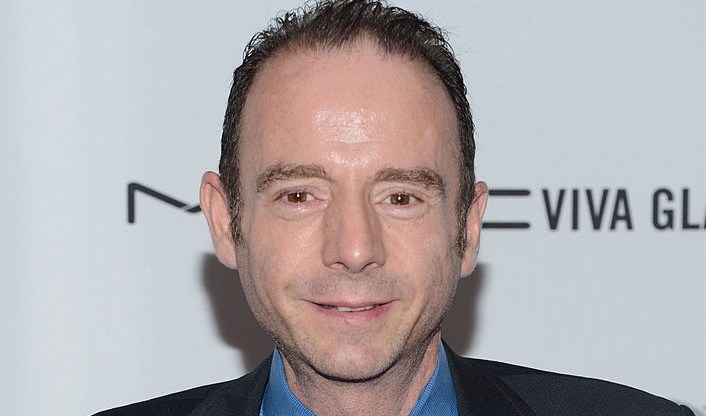Timothy Ray Brown, the first known person to be cured of HIV, has tragically died of cancer

Timothy Ray Brown (Jason Kempin/Getty)
Timothy Ray Brown (Jason Kempin/Getty)
Timothy Ray Brown, the first known person to be cured of HIV, has tragically died from cancer.
Brown, known as “the Berlin patient”, died at his home in Palm Springs, California, his partner Tim Hoeffgen revealed on social media.
He became the first person known to be cured of HIV when he received bone-marrow transplants in 2007 and 2008. The transplants were given to treat his leukaemia, but eradicated HIV in his system in the process.
He died on Tuesday (29 September) after his leukaemia returned.
Speaking to Associated Press in September, Brown revealed that he had been diagnosed with terminal cancer.
“I’m still glad that I had it,” Brown said of his transplant.
Timothy Ray Brown died after his cancer returned.
His death was mourned by the International AIDS Society, which confirmed that Brown remained HIV free up until his death.
“We owe Timothy and his doctor, Gero Hütter, a great deal of gratitude for opening the door for scientists to explore the concept that a cure for HIV is possible,” said Adeeba Kamarulzaman, president of the organisation.
A full decade after Brown was cured of HIV, Adam Castillejo became the second confirmed person to be completely free of the virus following a bone marrow transplant.
“Although the cases of Timothy and Adam are not a viable large-scale strategy for a cure, they do represent a critical moment in the search for an HIV cure,” said Sharon Lewis, director of the Doherty Institute in Melbourne, Australia.
“Timothy was a champion and advocate for keeping an HIV cure on the political and scientific agenda. It is the hope of the scientific community that one day we can honour his legacy with a safe, cost-effective and widely accessible strategy to achieve HIV remission and cure using gene editing or techniques that boost immune control,” she said.
Brown was dubbed “the Berlin patient” because he was living in the German city and working as a translator when he was diagnosed with HIV and with leukaemia.
He was successfully cured of both HIV and cancer when his doctor, Gero Heutter, used a donor who had a rare genetic mutation that made them naturally resistant to the virus.
It is the hope of the scientific community that one day we can honour his legacy with a safe, cost-effective and widely accessible strategy to achieve HIV remission and cure using gene editing or techniques that boost immune control.
The cure was hailed as a groundbreaking moment in years of HIV and AIDS research – however, the procedure was deemed too risky and too invasive to be rolled out wide scale.
Today, people with HIV can suppress the virus in their system by taking regular antiretroviral medication, meaning people who have the virus can live long, healthy and happy lives.
Those on effective medication cannot pass the virus on through condomless sex, as was proven by a wide-scale study concluded in 2019.

